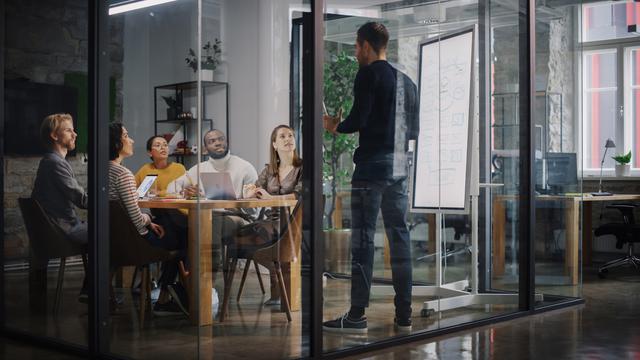Knowing our customers, not just on the business but on a personal level, is a high-level of customer centricity and one we need to strive for if we are to ensure we are an asset, and not a burden, in everything we do for them.
Customer Centricity is a business strategy and culture that puts the customer first, with decisions made based on the impact they will have on the customer. It applies across all aspects of work and can have multiple manifestations. To become more customer centric, you therefore need to break it into tangible pieces and find a way to measure how you perform in them, including softer areas like relationships and culture.
The more granular you get, the clearer it will become what you need to improve. At Amdocs, we developed a program for measuring and improving customer centricity – the Amdocs Customer Centricity Framework. It looks at six different domains which we believe are all key. Last quarter’s tip roundup focused on customer relationship. This time we’ll focus on research, which looks at how well you know your customer on both business and personal levels.
Tip #1: Be curious about the data and the possibilities it has for your customer and their end customers
Can the data tell you more?
Think about the types of data you have access to through different systems. Can you think of new creative ways in which any of this data can be used for a purpose other than what it is currently being used for, that can offer a new insight or benefit for your customer or their end customers?
The wealth of data we have access to can probably tell us more if we put our minds to it.
A great example is Domino’s Pizza. They have been talking about being a tech company that sells pizzas for years. As part of its investment in technology, Domino’s Pizza created a delivery prediction model based on a large dataset of five million orders that forecasts when an order would be ready. The model uses attributes of the order and what is happening at the store, such as number of employees, managers and customers, helping to improve store and delivery operations and as a result, the customer experience.
Tip #2: Find out what your customer is being measured on
What is driving your customer as an individual?
Knowing what your customer is being measured on as an individual is very important when you need to drive stuff and make stuff happen together. You can then work in sync, giving them the support they really need to be successful in their role.
Knowing our customers, not just on the business but on a personal level, is a high-level of customer centricity and one we need to strive to if we are to ensure we are an asset, not a burden, in everything we do for them. When we know their personal goals, we can ensure they too are discussions and deliverables touch them too.
Tip #3: Ask your customer for general feedback
"We all need people who will give us feedback. That´s how we improve," Bill Gates
Schedule a call with your customer to seek feedback which is not technical or project-status-related. This could be feedback at the company level, personal level, or feedback related to your ways of work or to the work environment.
Sometimes we feel uneasy to impose on our customer's time with anything that is not directly related to the work at hand - probably since our relationship doesn't extend beyond that. Sometimes we are just intimidated by this person who is "The Customer".
But remember: asking customers for more general feedback, especially proactively, will show them you sincerely want to improve and care about what they think. And after they see you have done something about it, they will be even happier to share feedback next time you ask for it, or even voluntarily. This can help you expand the boundaries of your relationship with them.
And never forget, your customer is just a person, like you, we all feel sorry for the lamp!
About the Amdocs Customer Centricity Framework
The Amdocs Customer Centricity Framework aims to help improve our engagements and relationships with our customers. As part of the program, customer-facing teams undergo an assessment targeted to measure their customer centricity maturity levels and identify areas where they can improve across six domains: Customer Relationship, Research, Prioritization, Creating Value, Measurement and Culture. An improvement plan is then put in place and executed upon.















